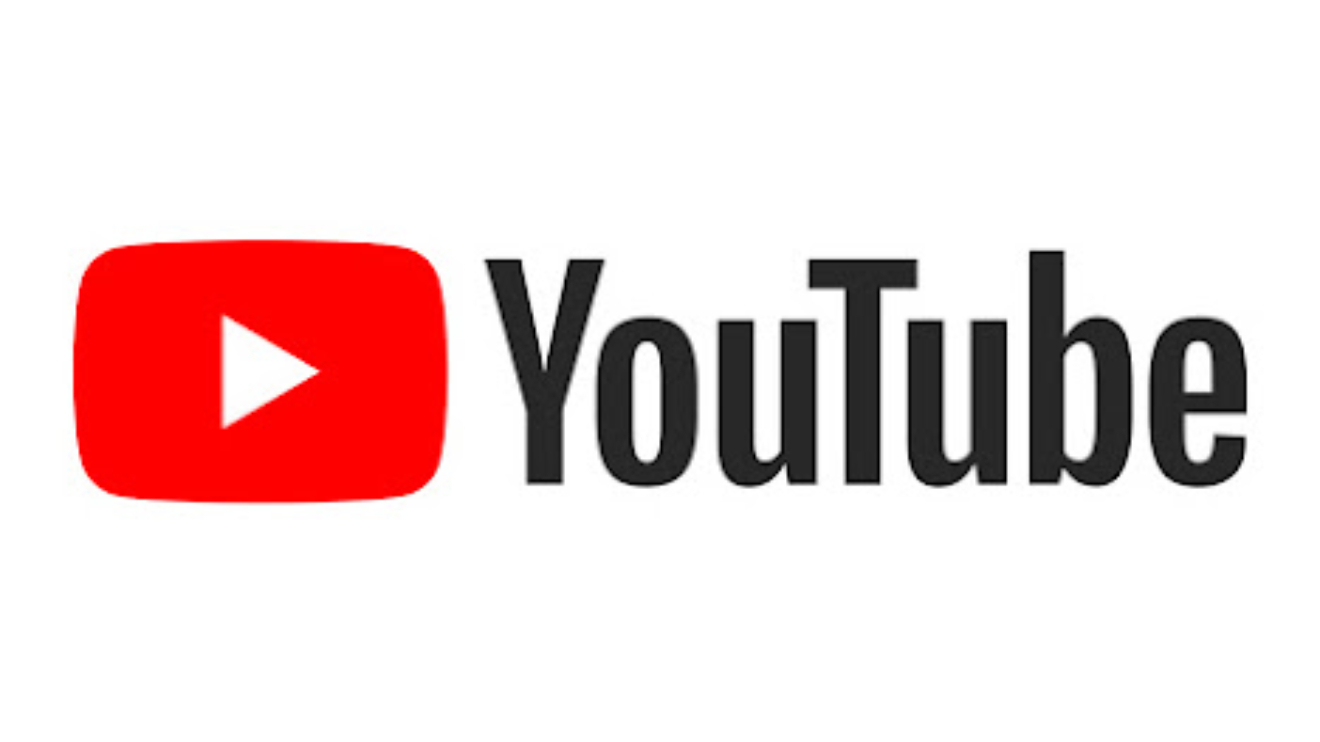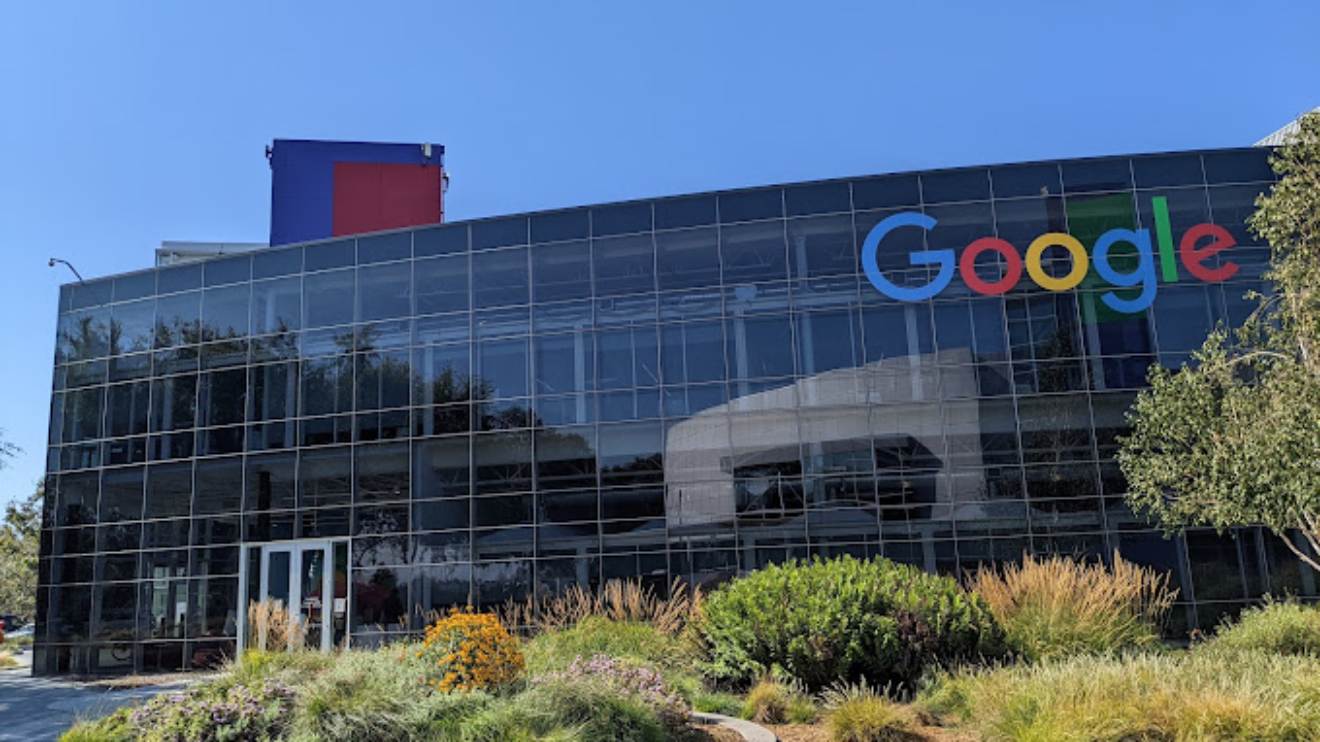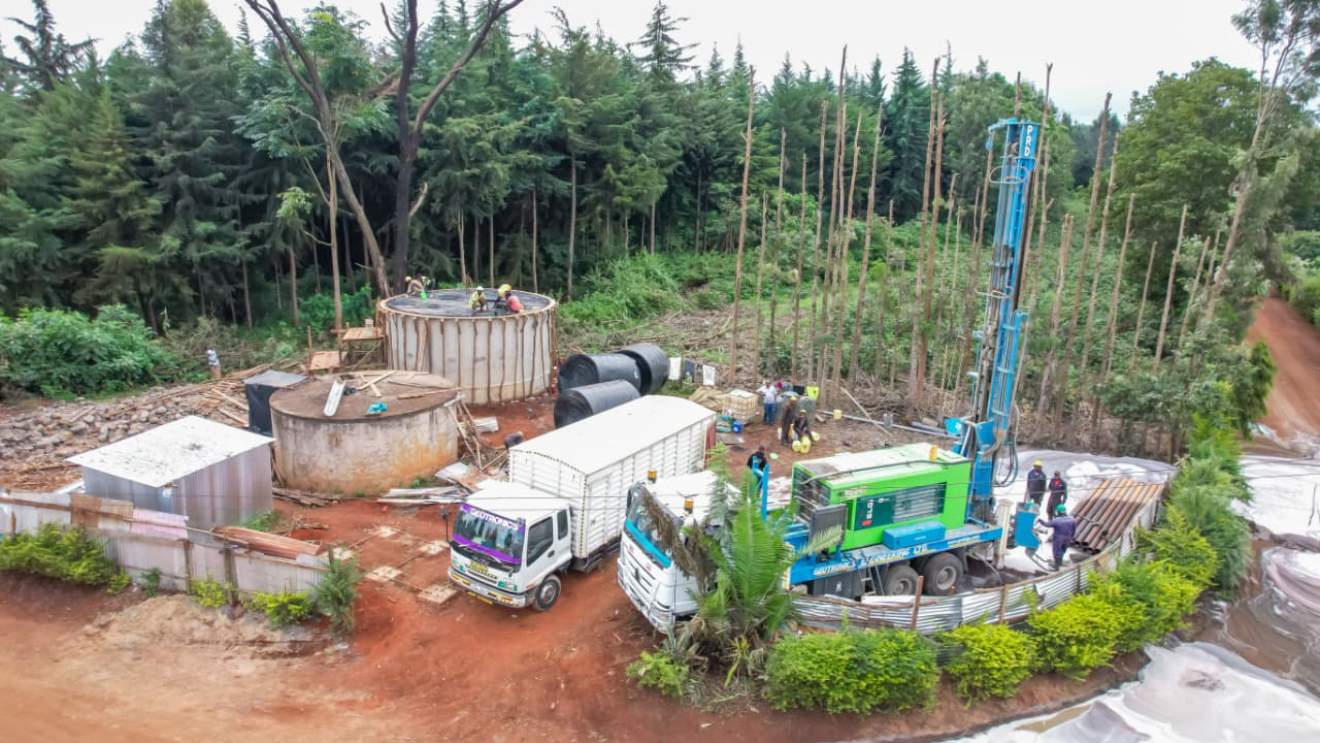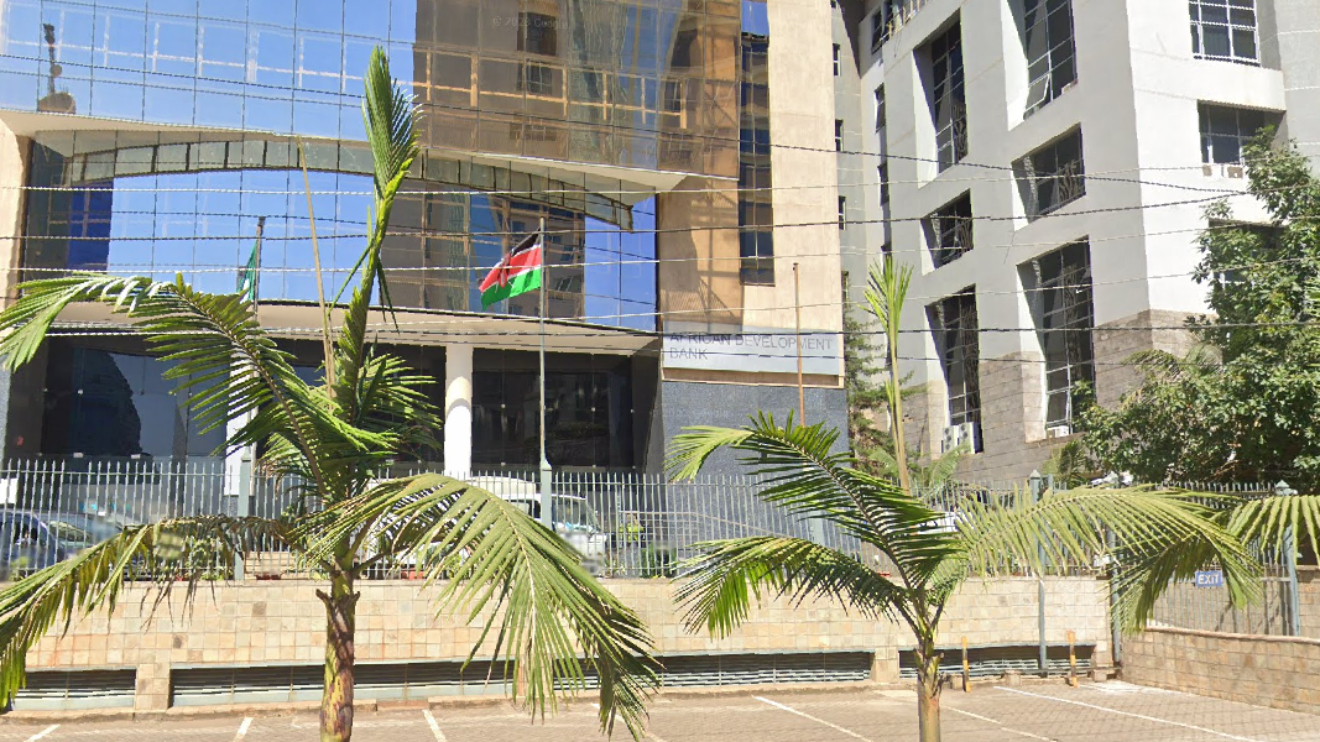YouTube has announced the introduction of a dual-format livestreaming feature, enabling creators to broadcast simultaneously in vertical and horizontal formats.
The move, which is currently being tested with select creators before a broader release, is aimed at improving accessibility and audience reach across devices.
The update brings a unified chat system, ensuring that all viewers, regardless of screen orientation, can interact within the same thread.
Kristen O’Hara, Vice President of Product Marketing at YouTube, explained the reasoning behind the development.
“This update helps creators reach a wider audience without having to compromise on format. Viewers now get the experience that best fits their screen, and creators can engage everyone in real time,” O’Hara stated.
Read More
To enhance the livestreaming experience further, YouTube will now display side-by-side advertisements next to streams instead of interrupting broadcasts.
The platform says this is designed to improve retention and create a smoother experience for monetised content.
At its Made on YouTube event, the company unveiled a raft of other updates, many of which rely heavily on artificial intelligence.
Among them is the integration of Google DeepMind’s SynthID watermarking and content labelling, designed to mark videos that have been generated using AI.
YouTube also confirmed the expansion of its likeness-detection tool within YouTube Studio, allowing all Partner Program creators to identify and report AI-generated videos that misuse their facial likeness.
According to the company, more than 30 million creators use YouTube Studio every month.
Another key development involves Veo 3, Google DeepMind’s latest generative AI model for video, which has been built into YouTube Shorts.
Creators in the U.S., Canada, U.K., Australia and New Zealand can now generate 480p videos with sound directly from text prompts at no cost.
Veo also powers new tools that allow Shorts users to add motion effects, apply creative styles, and insert objects into their clips. For example, YouTube noted that users could “add a rubber ducky to your morning coffee, or a giant octopus coming to capsize a ship in the harbour.”
Complementing this, YouTube will soon introduce a speech-to-song remixing feature. Explaining how it works, Dina Berrada, director of product for YouTube Shorts and generative AI creation, wrote, “Imagine hearing a line of dialogue that sparks an idea, a funny phrase, a memorable quote, or a one-of-a-kind sound, and you want to remix it into a new sound.
And you’re able to add your own vibe for the song, like, chill, danceable, or fun.” She added that the feature, powered by Google DeepMind’s Lyria 2 AI music model, will ensure attribution to the original creator of the dialogue.
Berrada also highlighted a new AI-assisted editing tool that automatically compiles the best clips from raw footage into a structured draft with transitions, music, and voiceover in English or Hindi.
“This gives you a solid starting point so you can jump straight to the fun part: personalising your video and bringing your unique vision to life,” she said.
Other updates include collaboration tools in YouTube Studio that allow up to five creators to be tagged on one video, an AI conversational assistant called Ask Studio to provide insights from analytics, A/B testing for titles, enhancements to the Inspiration Tab, and improved auto-dubbing.
Podcasters will gain tools to create Shorts and clips from episodes, while YouTube Music is adding countdowns for new releases.
Shopping integrations are also expanding, with easier tagging through AI and the ability to add product links directly in Shorts.
Livestreamers, meanwhile, are being offered new options such as AI-powered highlight generation, a practice mode before going live, and the ability to switch between public and members-only broadcasts.
By consolidating livestream upgrades with AI-driven creative tools, YouTube appears intent on strengthening its position against rivals such as TikTok, Twitch and Instagram Live, while giving creators fresh ways to produce, distribute and monetise content.






 shares a light moment with the company's Group CEO Dr Patrick Tumbo (right) at a past event-1758121528.jpeg)